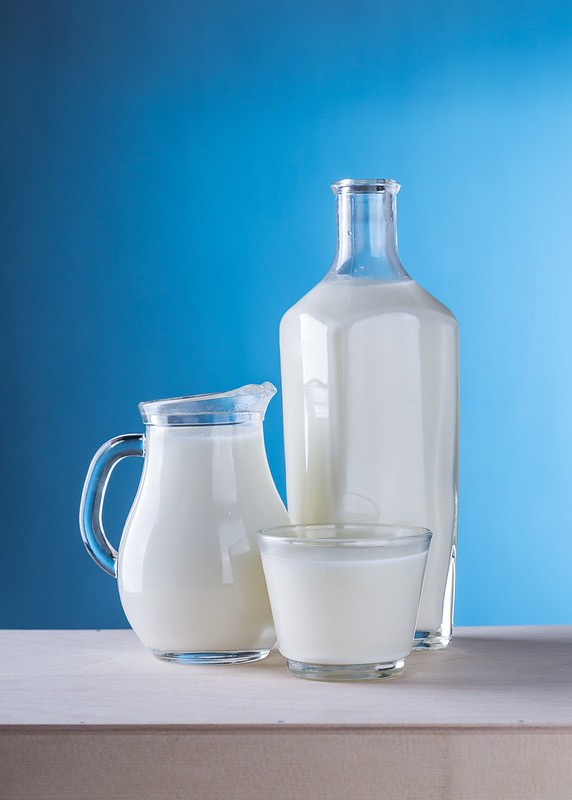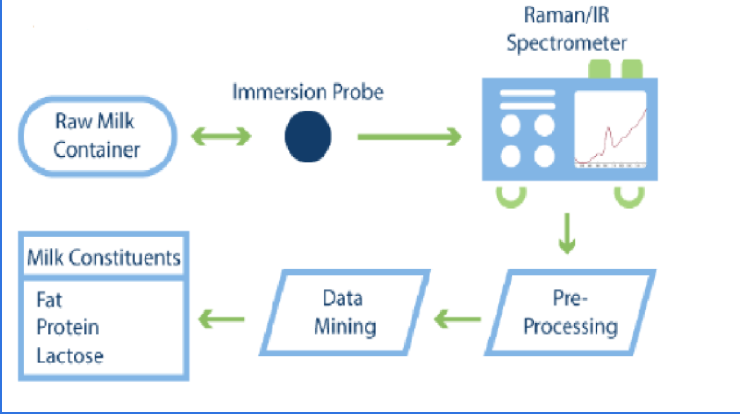Digital Dairy: How smart sensors could unlock the mystery behind what’s in our milk
Hussain Khan
Milk is a mixture of various essential nutrients such as fat, protein, carbohydrates and vitamins which may vary in concentration due to a variety of factors such as diet, season, lactation stage, breed, and health of cows. Such variations in milk components present a variety of processing challenges. It is important for a processing facility to know the concentration of the milk’s components to facilitate proactive informed decision making which is essential to ensuring consistent quality of products.
Traditional techniques for measuring milk composition can be:
- difficult,
- time-consuming
- require skilled technicians.
These technologies can often lack real time and inline functionality. Using both commercially available, hygienic and novel cost effective sensors, this research aims to investigate the sensitivity of a variety of sensing technology to detect changes in the macro composition of raw milk such as:
- total solids, protein and lactose
- establish the building blocks of dairy digitisation.
These sensing technologies will be Spectroscopic based sensors that utilize the interaction of light and sample to describe the concentration of components which can be interpreted by bespoke computer algorithms.
A variety of miniature and real time sensing technologies (Raman, and Near Infra-red (NIR)) will be used to analyse milk and form the building blocks of a “digital dairy” future. This research aims to assess the capabilities of these sensing technologies as well as the reported advantages over traditional laboratory analysis.
The information obtained from the sensor will provide Vista Milk an insight of causes in milk component’s variation and will support the design of critical quality guidelines.



